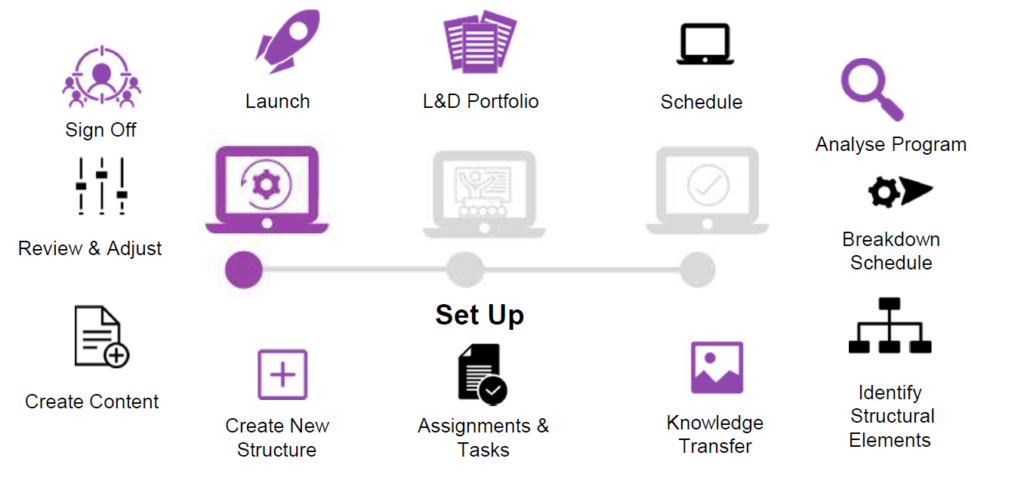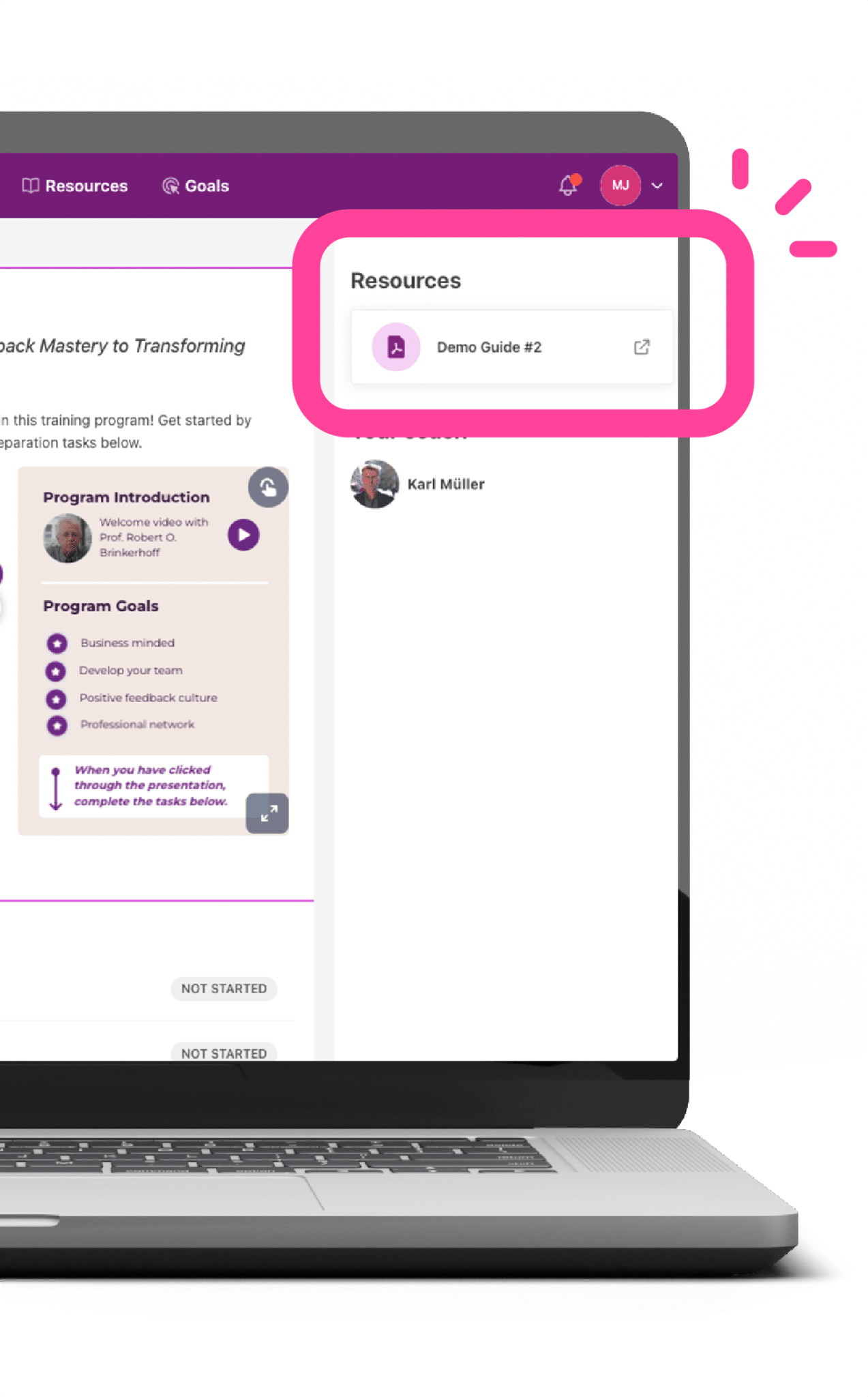There are a number of crucial factors that a content creator needs to ascertain before the creation of program material. Firstly, there needs to be a clear understanding of what results we are after as a result of the program, whether we are after learning transfer or the delivery of performance. If we are after the latter, then there also needs to be a clear agreement of how this performance is to be achieved over the course of the training, to successfully drive application of that learning in the workplace.
- Learning Acquisition or Driving Behaviour
The first question is perhaps contentious, because few instructors would say that training they deliver is designed to only support knowledge acquisition. However, only recently has the focus on application and how to achieve this really been in focus. When talking about application, we are talking about the specific skills/approaches that the participant will be expected to apply on their job whilst participating in the training program. Generally, we still see that there are two broad approaches to delivering training: event-focused learning transfer (where the participant is expected to learn the content), and learning journeys designed to support guided application over time (where the participant is guided to apply the learning in their working scenario).
Once again, if the training program is more event focused then there are limited new demands on us as content providers because most of the theory is still delivered verbally by instructors. However, if we are moving towards learning journeys, then this changes the type of content that we need to support such journeys.
- Increasing Complexity
This provision of content and then the self-paced access to this material places other demands on us as content creators. Firstly, we need to separate the theory into different parts. This will depend on the type of material that we are trying to deliver but should also relate to gradually increasing the complexity of the subject matter. So, we may start with an early introduction of a particular theory and ask participants to reflect on this, this can then be followed by a specific model or theory as well as a possible template for an approach that we would like them to apply. As the participant begins to understand the theory, and becomes more competent and confident in the approach, we may then need to supply them with additional material. This material may relate to more complex scenarios, or the next level of application that we can now provide to provide deeper understanding and relevance.
The key is to provide ongoing guidance and reference material so that the participants can gain a level of mastery before they graduate the training, to ensure that they are equipped to continue carrying out the specific areas that are covered. Here the journey enables us to have several interactions with participants, meaning that we should aim at bite-sized learning to incrementally increase the participants knowledge, understanding, and ability to apply. This means that we need to create material that is gradually more complex or addresses more challenging application scenarios as participants become more familiar with the basics and move beyond these into application.
- Content Types
We also need to determine what format this theory takes. Is the material going to be written documentation, a video, a podcast, a checklist, supporting or relevant article, or even a supplementary eLearning? Ideally, we need to provide our participants with some different approaches to learning the content. However, we also need to be aware of the trend for bite-sized learning too. We may be able to provide a participant with several hundred pages of written or PowerPoint documentation, but should we? We need to ensure that we are only providing the right amount of material, so that they are able to understand and apply the content in their own working situations, not drown them in endless material.
The key seems to be to have a balance of different types of material, that can be consumed easily by a participant with limited time. When looking at videos, ensure that they are short, around 3-7 minutes and then address different points with additional videos rather than try and include everything in one. The same is true for written or PowerPoint documentation. A rough guide is that it is better to have shorter articles, than longer ones. Though we should remember, that because this is delivered digitally, we are also able to include links to additional material if participants want to dig further. When doing this, it’s key to remember that we need to base our training expectations on the main, not the additional, content.
- Creating Context in a Digital Format
A further consideration is how we add “context” to the content that we provide. By context, we mean the company-specific relevancies, the experience of application, and perhaps also the challenges and successes that others have experienced when applying the same approaches previously. This is a strength of face-to-face training and indeed this is also the value that an experienced trainer provides. It is this context that can also be added to provide cohesion and relevance to the specific models that are introduced. The challenge with digitally driven learning is that there is no natural home for this element. At Promote we address this issue by including some elements of context in the overall assignment descriptions, where the participants are brought into the relevancy of the model that will later feature through more specific content.
There are once again two approaches when it comes to context. One is to remove it all together, in favour of keeping content to a minimum and the requirement on participants to a minimum. The other is to include the context but keep it to a few key points/stories rather than relay too many points or stories to underlie the points we are trying to make. The decision as to which way to go is to look at the entire flow of the training, to ascertain what type of learning and application we are attempting to drive.
Communication between the program designer and content creator is key. In many cases we are no longer looking for purely supporting material but for content that will drive application and behaviour. The intentionality behind the content is a key element that needs to be clarified and communicated between the program designer and the digital content creator. The degree to which we intend to increase complexity over the course of a journey and what type of application are we expecting participants to apply. The type and extent of the application is absolutely key here, because this is what the content needs to directly support.












